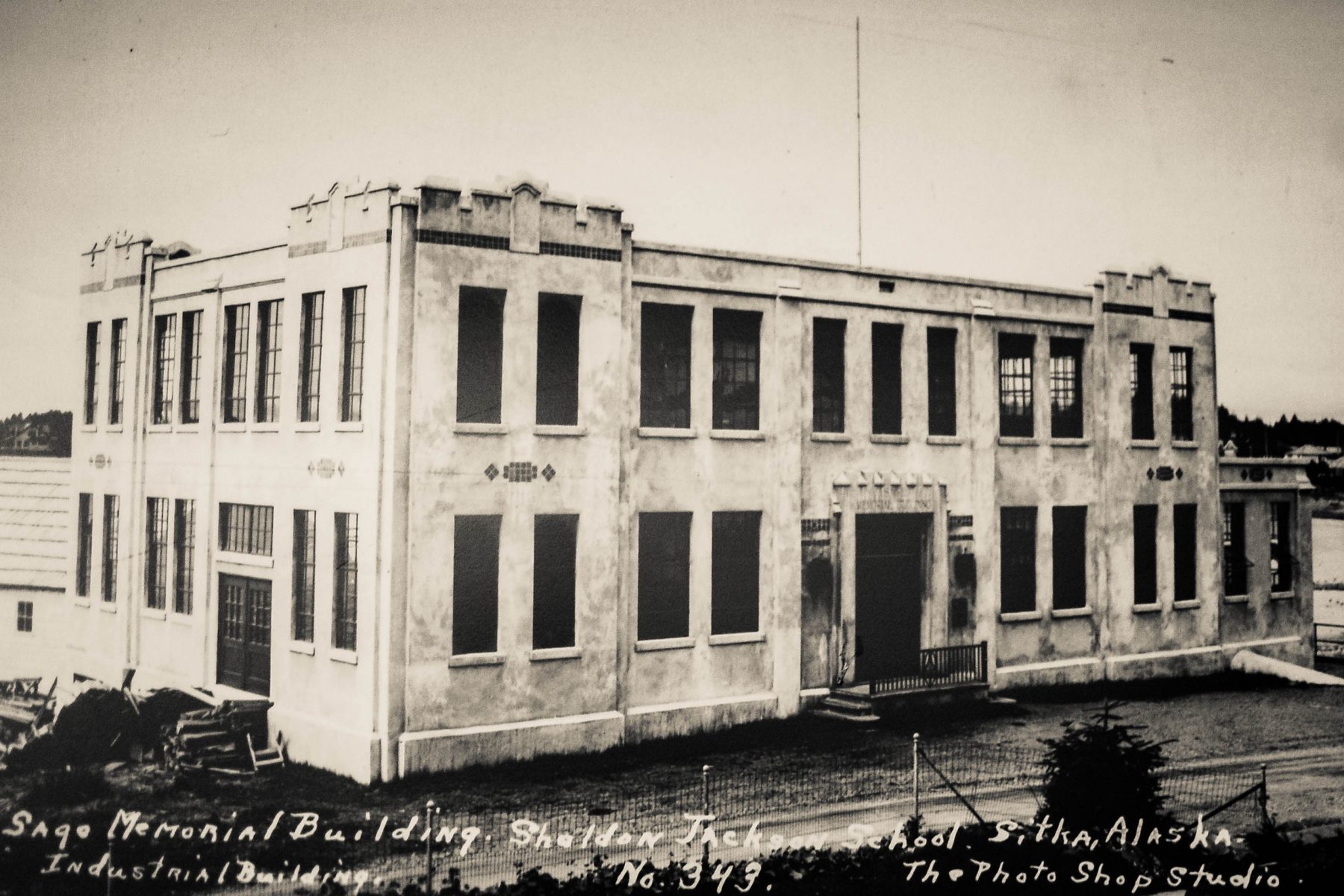
The Sitka Sound Science Center is an anchor landowner on the former Sheldon Jackson College campus on the east side of Lincoln Street near the Sitka National Historic Park. The campus is now owned by several nonprofits, but the buildings were once owned by Sheldon Jackson College, which began in the 1880s as a Presbyterian Missionary School for Alaska Natives.


1910
The Sheldon Jackson School was set up by Presbyterian missionaries to train Alaska Natives in vocational skills. Boys learned boat building, printing and shoe repair, and girls learn ‘domestic skills’ such as housekeeping and cooking. In 1910, the school rebuilt a campus that was designed by the famous New York architectural firm Ludlow and Peabody, designers of Time Square and the New York Times building in New York City. Over the years, Sheldon Jackson was a vocational school, a grade school, a high school, a two year college and ultimately a four year college.
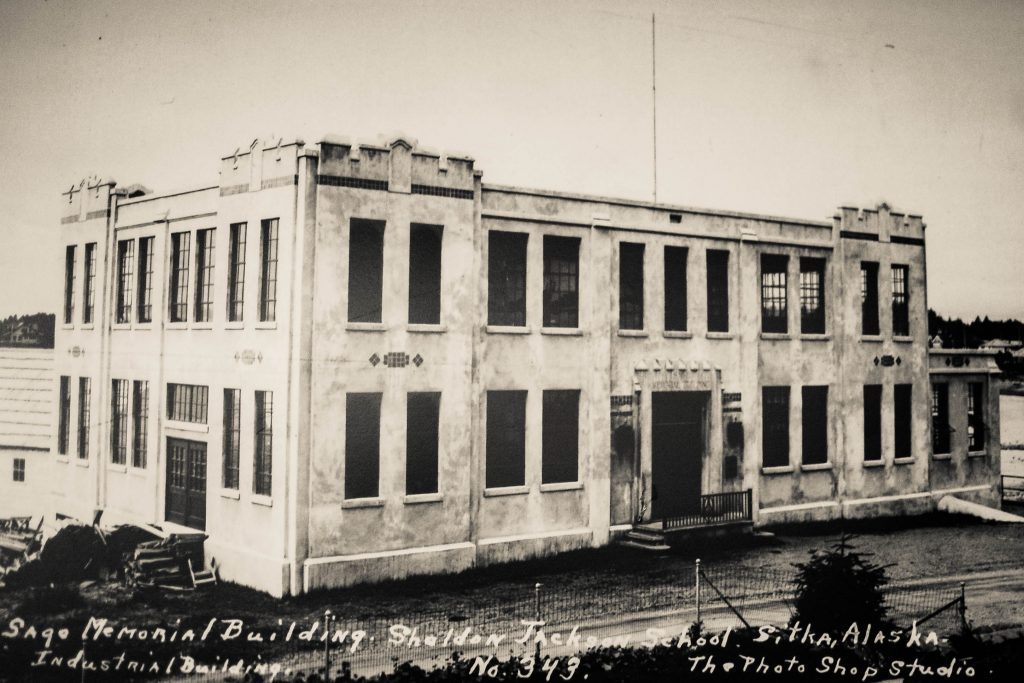
1929
The Sage building was built in 1929 with $50,000 that was donated by Margaret Olivia Sage, the wife of a New York businessman. The building housed industrial arts. It also housed the 140 horsepower hydroplant that would supply energy for the campus and the neighborhood until the 1990s.
Students in the vocational school used the Sage Building and the Mill Building (the building next door, which was built in 1934 and then rebuilt in 1941) to learn about milling wood, carpentry and boat building. The Sage Building housed a machine shop, a print shop, a shoe repair shop and a wood shop.
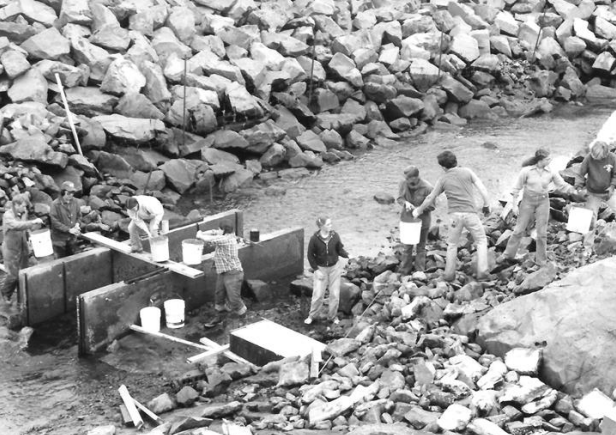
1972
In 1972, Sheldon Jackson College formed a two year program to train people in aquaculture, fisheries science and fisheries management. The school received the first state-issued salmon hatchery permit in Alaska and the students built a hatchery. Over the years the hatchery reared all five species of salmon and trained hundreds of students that went on to become leaders in natural resource management in Alaska. The Sage Building was the scientific classrooms and laboratories for the school.
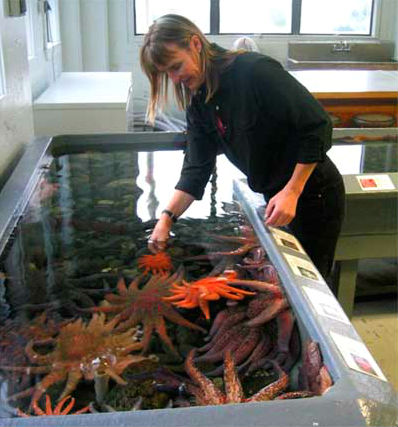
2001
Sheldon Jackson Training School was designated a National Historic Landmark, with 20 contributing structures including the Sage and Mill Buildings.
In 2005, a small aquarium was opened and named in the memory of Sheldon Jackson College environmental studies professor Molly Ahlgren, to share the intertidal with visitors and Sitka residents. The aquarium was housed in the Sage building and open to the public.
2007
The Sheldon Jackson College closed its doors. Volunteers from the community helped keep the hatchery operational. Once that was stabilized, the University of Alaska organized a meeting in Sitka of state and federal agencies such as the Department of Fish and Game, NOAA, University of Alaska, representatives from aquaculture and science education and researchers from across the State. The meeting was held to determine how Sheldon Jackson College’s legacy of providing science education and quality research for the state could be maintained. The Sitka Sound Science Center was formed as a nonprofit with the goal of improving understanding of the marine and terrestrial ecosystems in Alaska through scientific education and research.
2010
The Sitka Sound Science Center immediately occupied the Sage and the Mill Buildings. In 2010, the Science Center purchased the buildings and took over the hatchery and the aquarium. The purchase was made possible by an economic development grant from the City of Sitka, a grant from the Karsh Family Foundation and a loan from local commercial fishermen.
2014
The Science Center completed a $1.3 million exterior renovation in 2014 with funding from the Rasmuson Foundation, the M.J. Murdock Trust and the Ahlgren Family Fund.
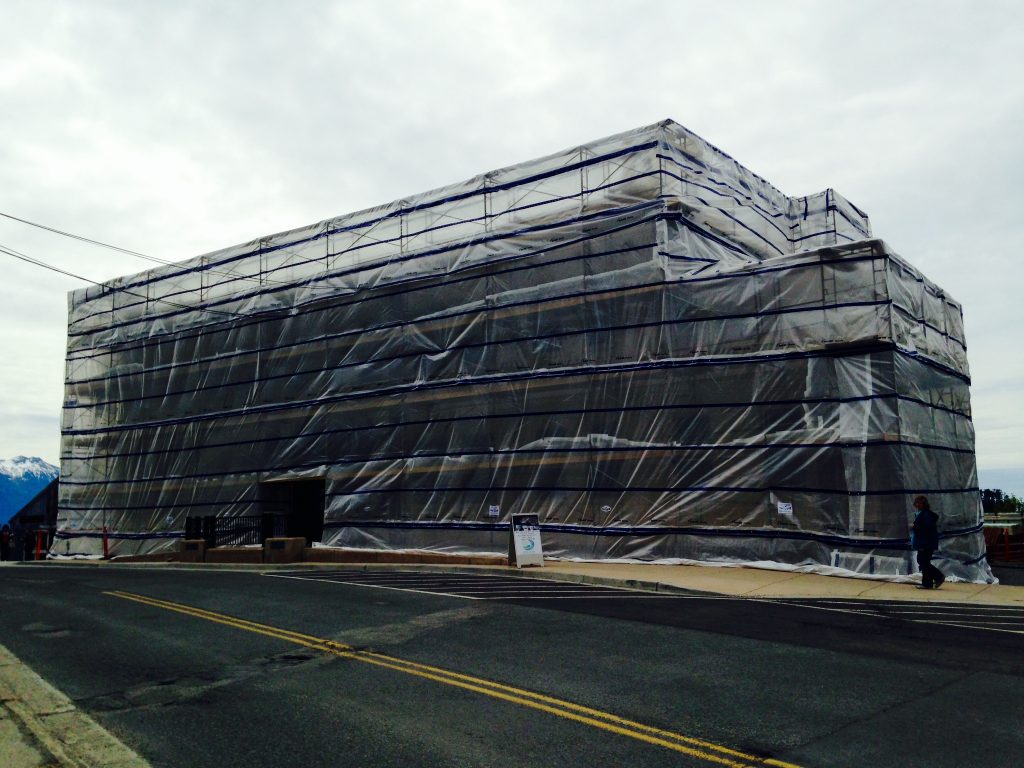
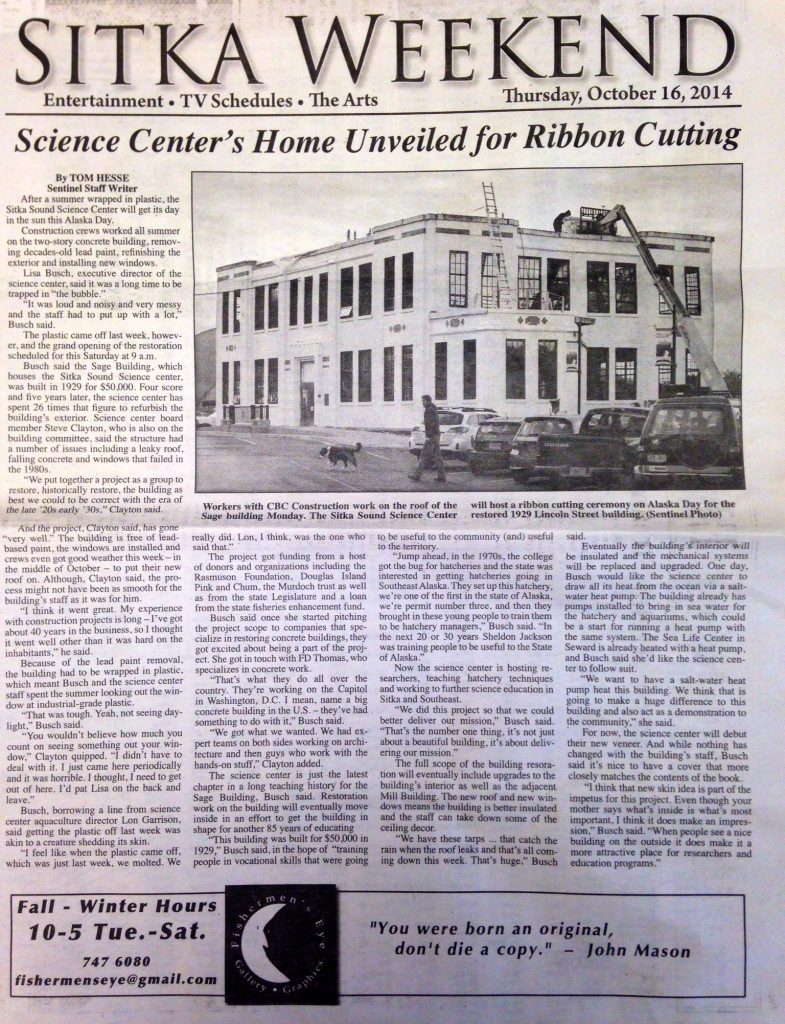
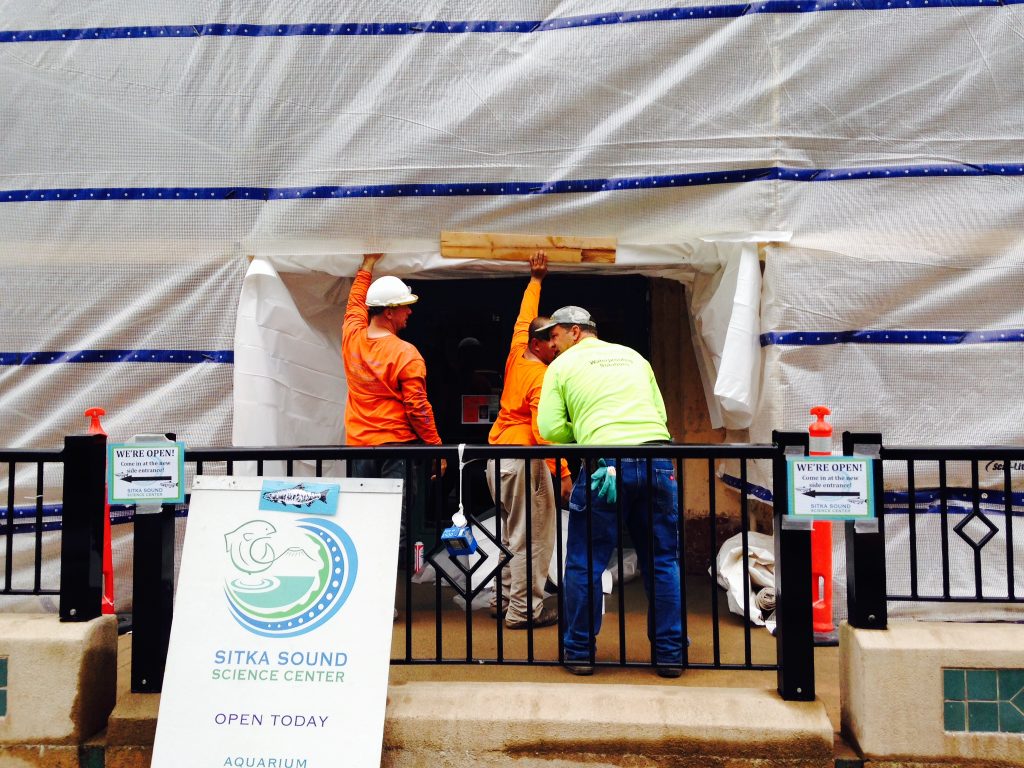
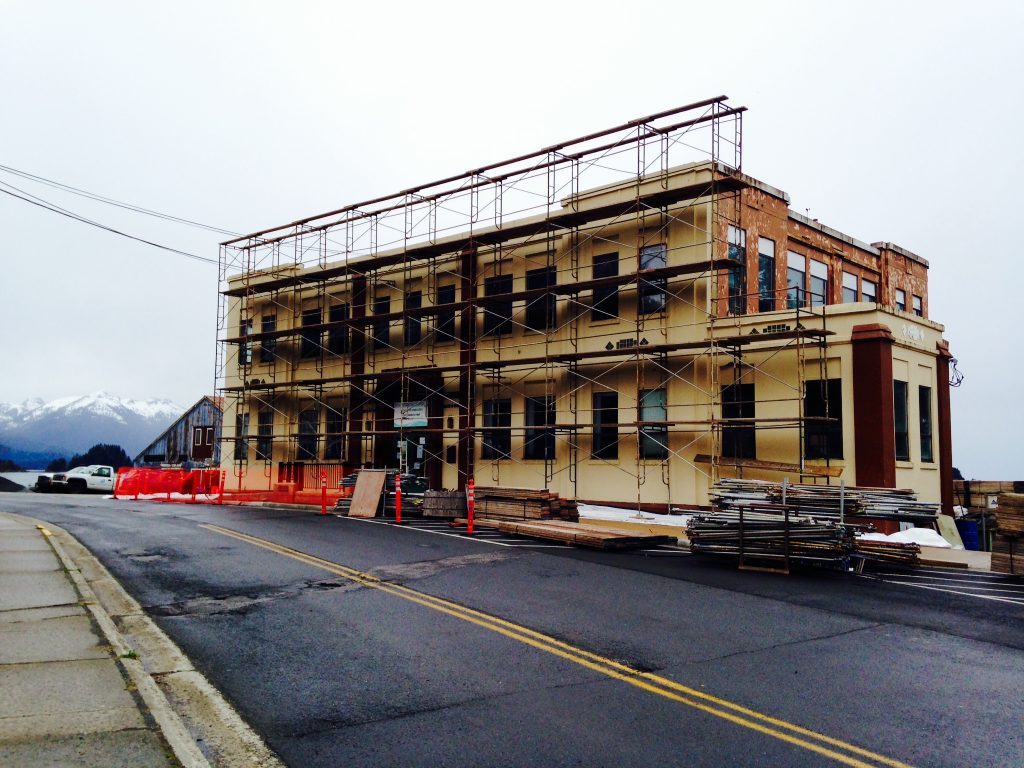
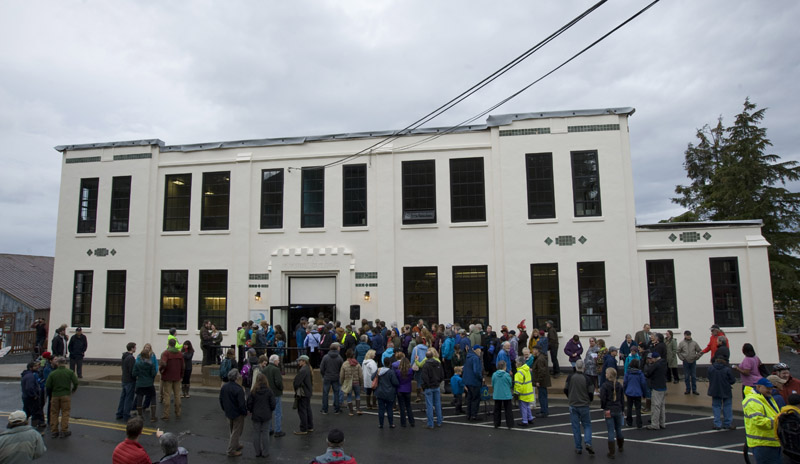
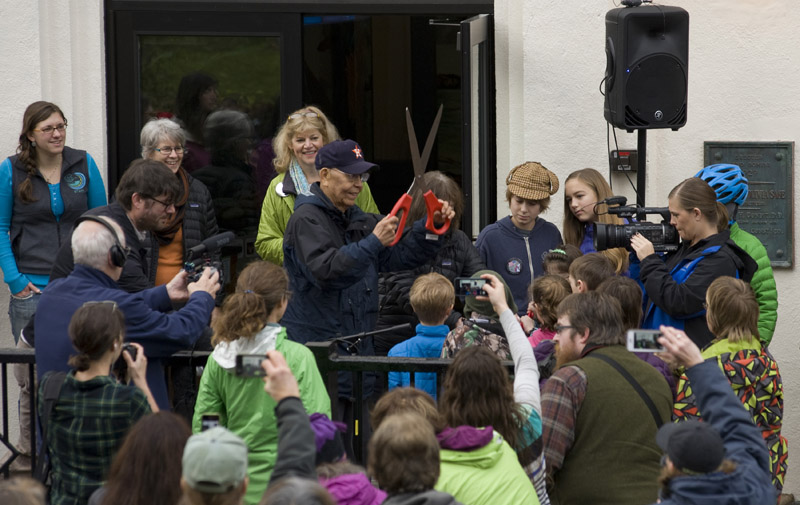
2020
SSSC rehabilitated the Sitka Sawmill Building. Originally built in 1934, burned down in a fire in 1940 and rebuilt in 1941, the structure housed the Sheldon Jackson Training School’s wood program where students learned how to mill wood and then build boats. In 1972 Sheldon Jackson refurbished the building for its new aquaculture program. Over the years the structures pilings began to falter, the roof leaked and there was only primitive plumbing and electrical. In 2019 the structure was taken apart board by board, a new foundation was poured and then it was rebuilt showing off the original trusses and old floorboards. When the building was rebuilt it created new dive facilities to support dive research and scientific dive education. With support from Bruce and Martha Karsh, the Rasmuson Foundation, the Murdock Trust, the National Science Foundation, the State of Alaska, and many local individual donors, the project was completed in 2020. CBC Construction, Whitely and Whitely Architects, Steve Clayton project manager.
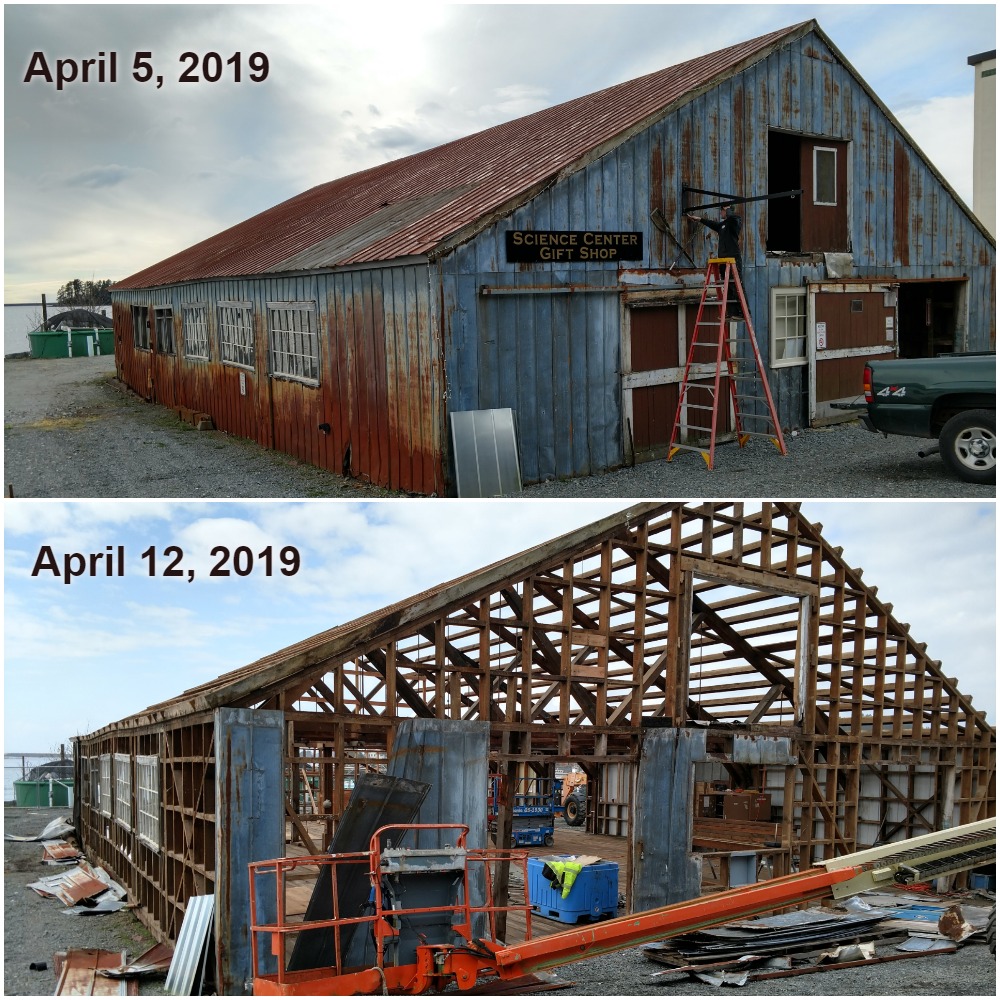
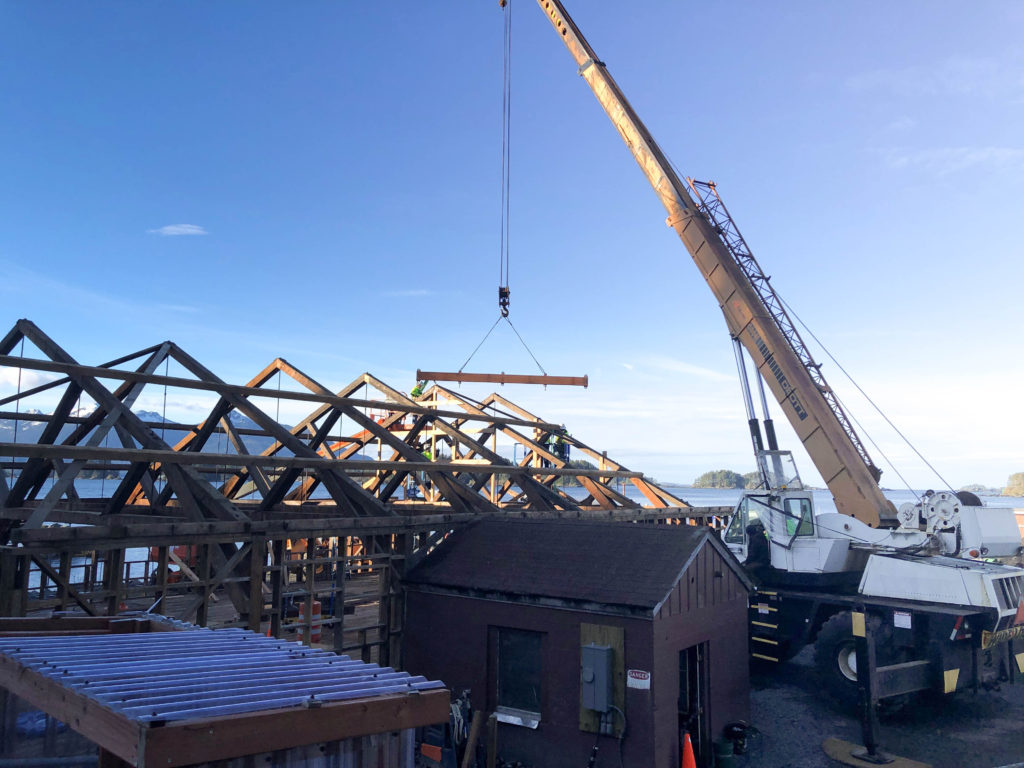
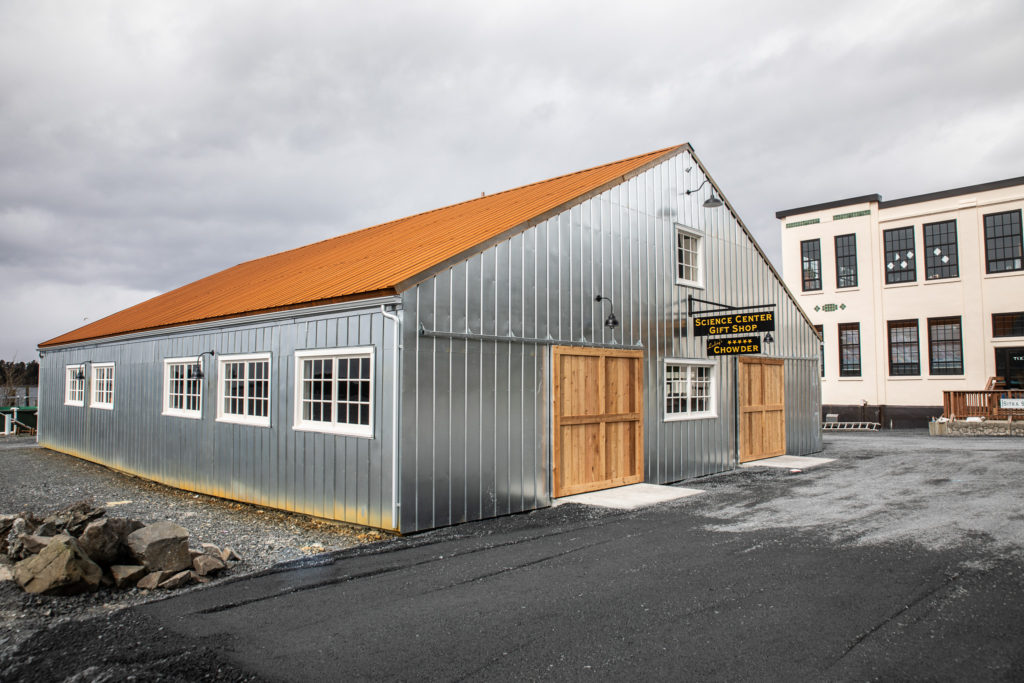
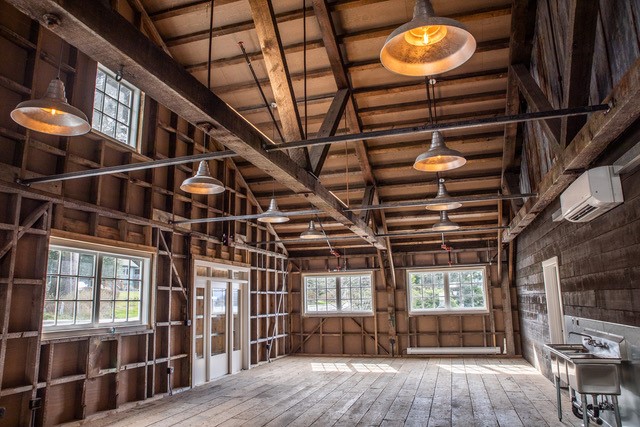
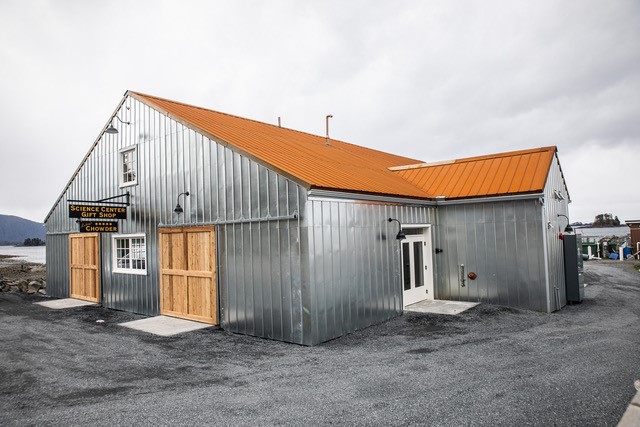
The rest of the campus was deeded to Alaska Arts Southeast, which now owns 20 structures and puts on the Sitka Fine Arts Camp, Youth Advocates of Sitka, a social service agency, the Sitka Summer Music Festival, which owns Stevenson Hall, and the State of Alaska, which purchased the Stratton Library in order to expand the Sheldon Jackson Museum. Many of the buildings on the Sheldon Jackson Campus were and continue to be restored and brought back to functionality by the volunteer efforts of community members. It is thought to be the largest volunteer effort in the history of the state of Alaska. Volunteers strip floors, paint walls, rebuild roofs and foundations and repair heating and plumbing systems while continuing to maintain one of the highest quality residential arts programs in the country. Carol Odess contributed extensively to the renovations in Allen Hall, the central building on the quad campus.
Today the nonprofits that occupy the campus have a formal Memorandum of Understanding and have an association, the Sheldon Jackson Campus Association, which meets regularly to share resources and programs.
Learn More
There is always more to learn about Sheldon Jackson College history. You can also learn more about the organizations who are now on the SJ campus.
